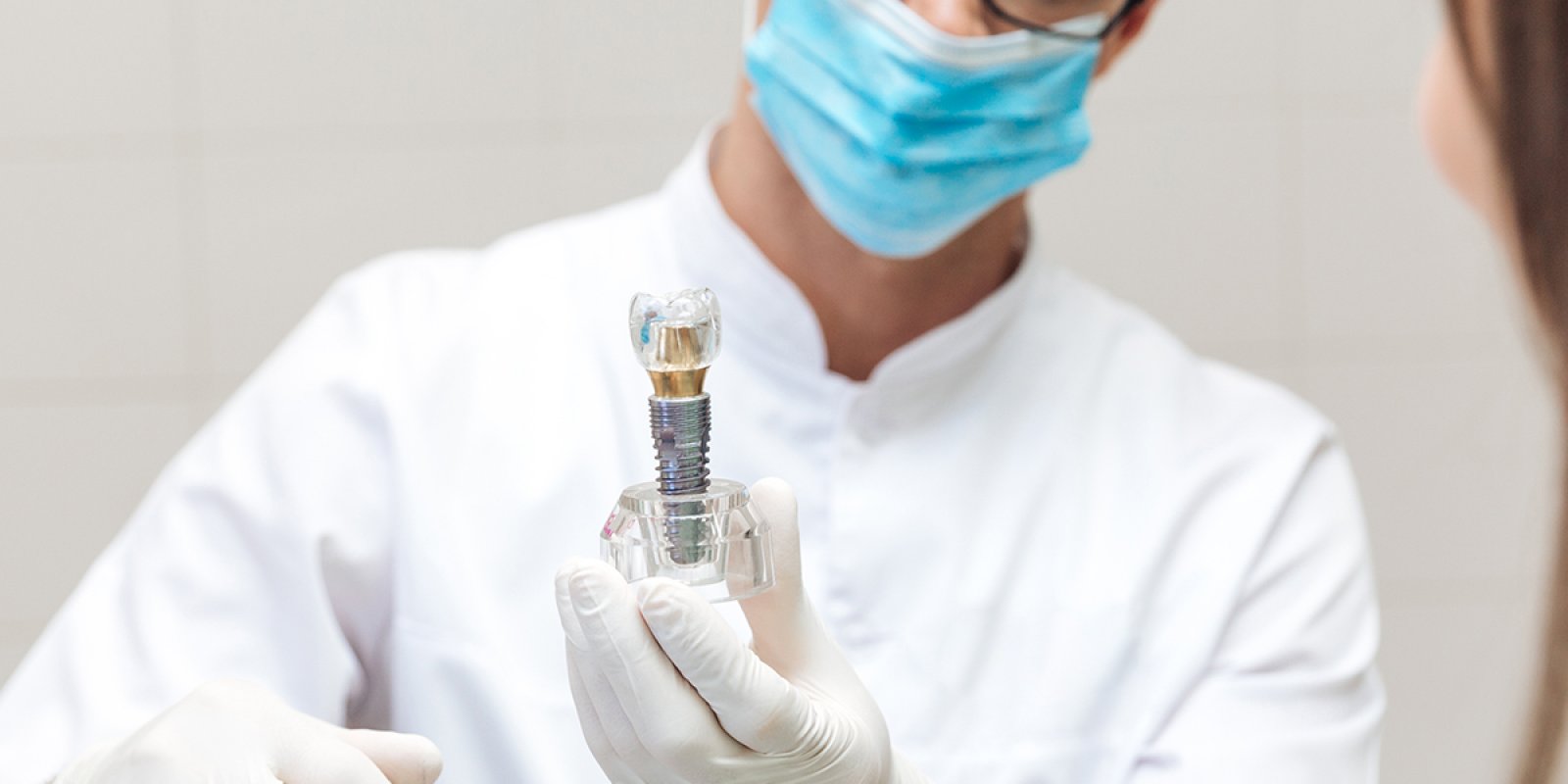DENTAID EXPERTISE
News for dentistry professionals
INFLUENCE OF SOLOBACTERIUM MOOREI ON PRODUCTION OF VOLATILE ORGANIC COMPOUNDS CAUSING HALITOSIS
25 Feb 2019

DENTAID presents new research at EuroPerio9 into the effect of the microorganism Solobacterium moorei on oral biofilm and its implication in bad breath.
González M, Soler A, Gómez R, Blanc V, León R. The influence of Solobacterium moorei in a multispecies biofilm. DENTAID Research Center, Barcelona.
INTRODUCTION
Species of the genera Fusobacterium, Porphyromonas, Treponema and Prevotella are frequently cited as responsible for the production of the main volatile sulphur compounds (VSCs) detected in halitosis.
However, a higher prevalence of Solobacterium moorei has recently been described in people with halitosis than in healthy individuals, suggesting that this species may be involved in bad breath.
In addition, S. moorei has the ability to generate VSCs in monospecies biofilms, although at lower concentrations than Fusobacterium nucleatum or Porphyromonas gingivalis.
OBJECTIVE
The objective of this research was to study the effect of S. moorei on the production of volatile organic compounds (VOC) in multispecies biofilms.
MATERIAL & METHODS
Three different multispecies biofilms were developed under anaerobic conditions for six days in an artificial mouth system:
1. Type 1 Community (T1C) was made up of Streptococcus gordonii (Sg), Streptococcus oralis (So), Actinomyces naeslundii (An), Veillonella parvula (Vp), Aggregatibacter actinomycetemcomitans (Aa) and Fusobacterium nucleatum (Fn).
2. Type 2 Community (T2C) included Sg, So, An, Vp, Aa, Fn, Porphyromonas gingivalis (Pg) and Porphyromonas intermedia (Pi).
3. Type 3 Community (T3C) contained the same microbes as T2C plus S. moorei (Sm).
Agar, blood and Dentaid-1 plates were used to determine the bacterial load of each species. Mass spectrometry was used to analyse the gas produced by the biofilms.
RESULTS
The percentages of P. intermedia and P. gingivalis increased significantly with the participation of S. moorei in the biofilm (T2C versus T3C). Their presence significantly altered the production of VOCs and VSCs.
Dimethyl disulfide (DMDS) was the principal compound in the biofilms, and greatest production of this occurred in biofilms containing S. moorei.
DISCUSSION & CONCLUSION
The participation of S. moorei in a biofilm fosters the presence of pigmented species in the biofilm. This could be explained by the β-galactosidase activity of S. moorei, which would provide greater access to nutrients by proteolytic bacteria, such as P. gingivalis or P. intermedia.
Thus, S. moorei would facilitate integration of VSC-producing bacteria in the biofilm. On the other hand, it is necessary to study the odour power of the five VSCs that appeared in biofilms with S. Moorei to establish how closely associated they are to bad breath.
RELATED ARTICLES

18 Jun 2020
PERIO·AID® BIOADHESIVE GEL IMPROVES HEALING AND RESTORATIVE EFFICACY AFTER ORAL SURGERY
A clinical trial has shown the regenerative properties of PERIO·AID® Bioadhesive gel after surgical removal of two third molars. Evaluation* of the…

10 Mar 2020
Improving clinical outcomes in patients with peri-implant mucositis through mechanical control of biofilm and accompanying mouthwash
Mechanical control of biofilm by the dental clinic practitioner, as well as by the patient, together with an adjunctive chlorhexidine and…

27 Jun 2019
ANTIBACTERIAL PREVENTION IN TITANIUM DENTAL IMPLANTS
This study will be useful for the future development of antibacterial strategies preventing incidence and progression of peri-implantitis in patients…
Sign up for the DENTAID Expertise newsletter
Sign up for the newsletter